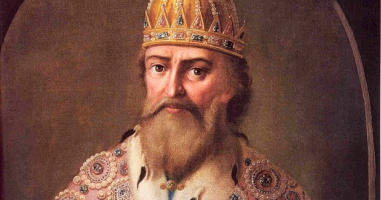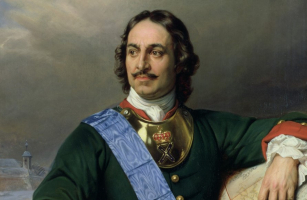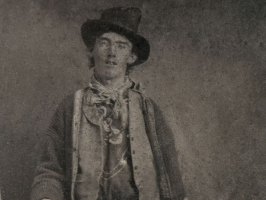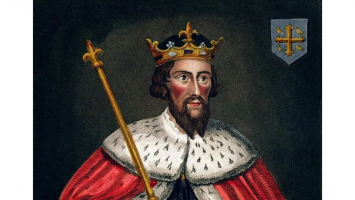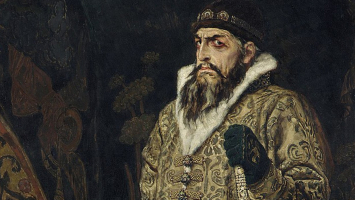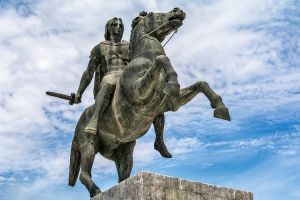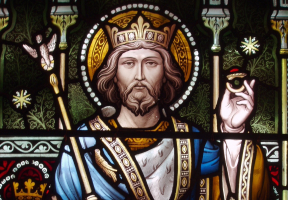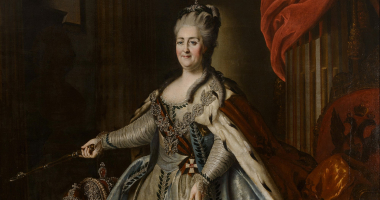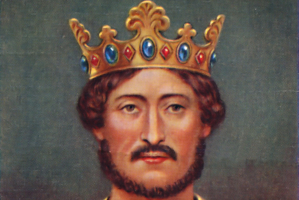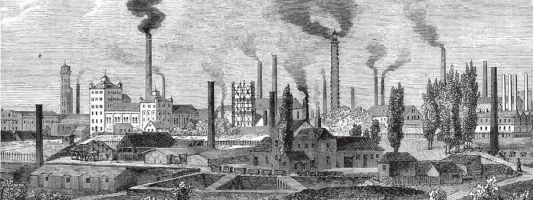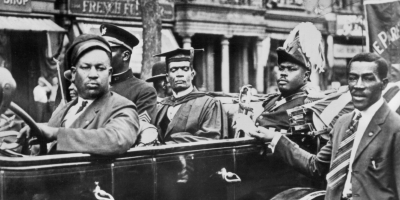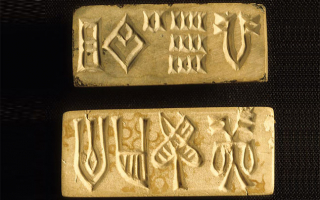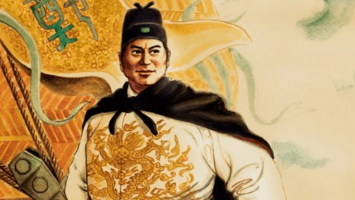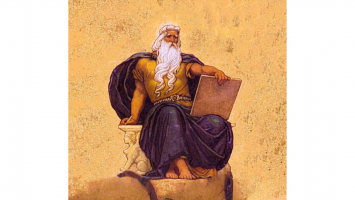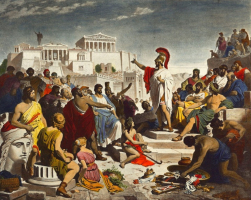Top 10 Interesting Facts about Vlad the Impaler
The majority of us are pretty familiar with Bram Stoker's well-known book Dracula, which tells the terrifying Count and vampire story. But did you know that a ... read more...real-life king served as his model? Welcome to this essay on the real-life people who influenced Count Dracula. Dracula III, Vlad (1431–1467/77) One of the most significant kings in Wallachian history was Vlad III, often known as Vlad Tepes or Vlad Dracula in Romania. Because of the violence with which he eliminated his adversaries, he was also known as Vlad the Impaler, which made him well-known in Europe in the 15th century. Here are ten interesting facts about Vlad the Impaler, the man who sparked centuries of stories and horror.
-
Simply said, "Dracula" means "son of the Dragon", which is one of the most interesting facts about Vlad the Impaler. Scholars taken in by the legendary nonsense linked to the genuine Vlad Tepes by Stoker have occasionally misinterpreted the name, which is Slavonic, as meaning "son of the Devil." Because his father, Vlad II (pre-1395-1447), was referred to as Vlad Dracul, or "Vlad the Dragon," Vlad Tepes was regarded as the "son of the Dragon." Although he had committed no particularly horrific acts, this nickname was bestowed upon him because he belonged to the prestigious Order of the Dragon, a chivalric order of nobility tasked with protecting Christianity from heretical foes, particularly the Ottoman Muslims.
Most of Vlad Dracul's formative years were spent in Buda (the ancient site of the Danube in modern Budapest, Hungary). Sigismund, King of Hungary, freely stated that Dracul was "educated at our court," indicating that he had complete faith in the young man's ability and allegiance. Dracul had the option to leave after Mircea's death in 1418, but he choose to remain as Sigismund's page instead.
As Sigismund's page, Dracul traveled extensively throughout Europe with the Hungarian court, visiting places like Rome, Prague, Nuremberg, and Transylvania while receiving a multilingual education to help him succeed in a career in European politics. Following Sigismund's induction into the Order of the Dragon in 1431, Dracul made his way back to Hungary in 1429.
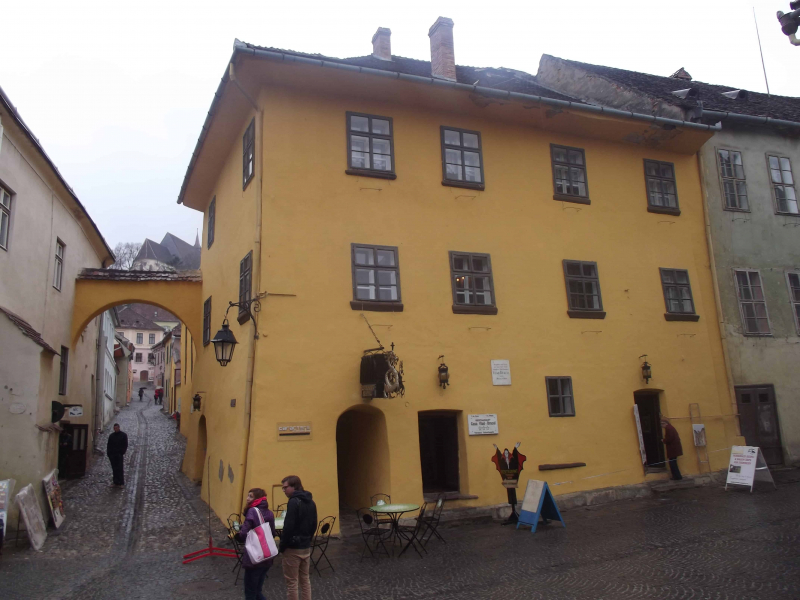
Photo: https://historycollection.com/ 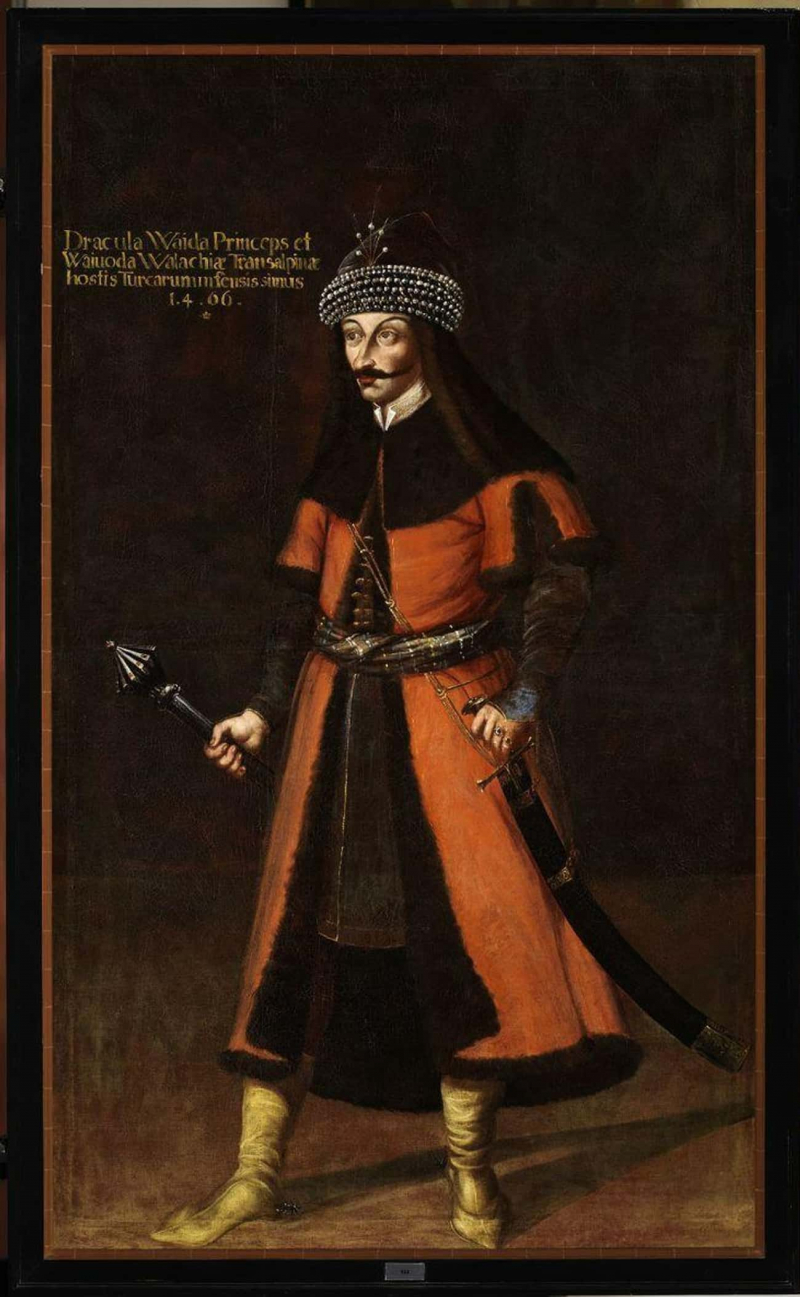
Photo: https://historycollection.com/ -
It would surprise some people to learn that Vlad Tepes obtained a top-notch education given his posthumous notoriety. Tepes spent his formative years in Sighisoara learning the fundamentals of becoming a voivode, including how to dress appropriately, how to behave in public, and how he stood among his peers. The young Tepes was continuously fussed over and was always the center of attention in Sighisoara, a town dominated by women. Tepes was also expected to spend time outside in storms and ride an unsaddled horse by the age of 5, as part of a quasi-Spartan emphasis on physical training.
In addition to learning how to catch hares, the noble kids of Sighisoara spent the summer months using slingshots to kill eagles. Tepes was nevertheless permitted to play with other kids in addition to the official educational responsibilities of his early years, and skipping class was also acceptable. When Vlad Tepes was about 8 years old in 1436, his father ascended to the throne of Wallachia, and the family relocated to Targoviste Palace. There, Tepes acquired more specialized education and picked up skills in archery, horseback riding, fencing, and courtesanship. He was a good student, by all accounts.
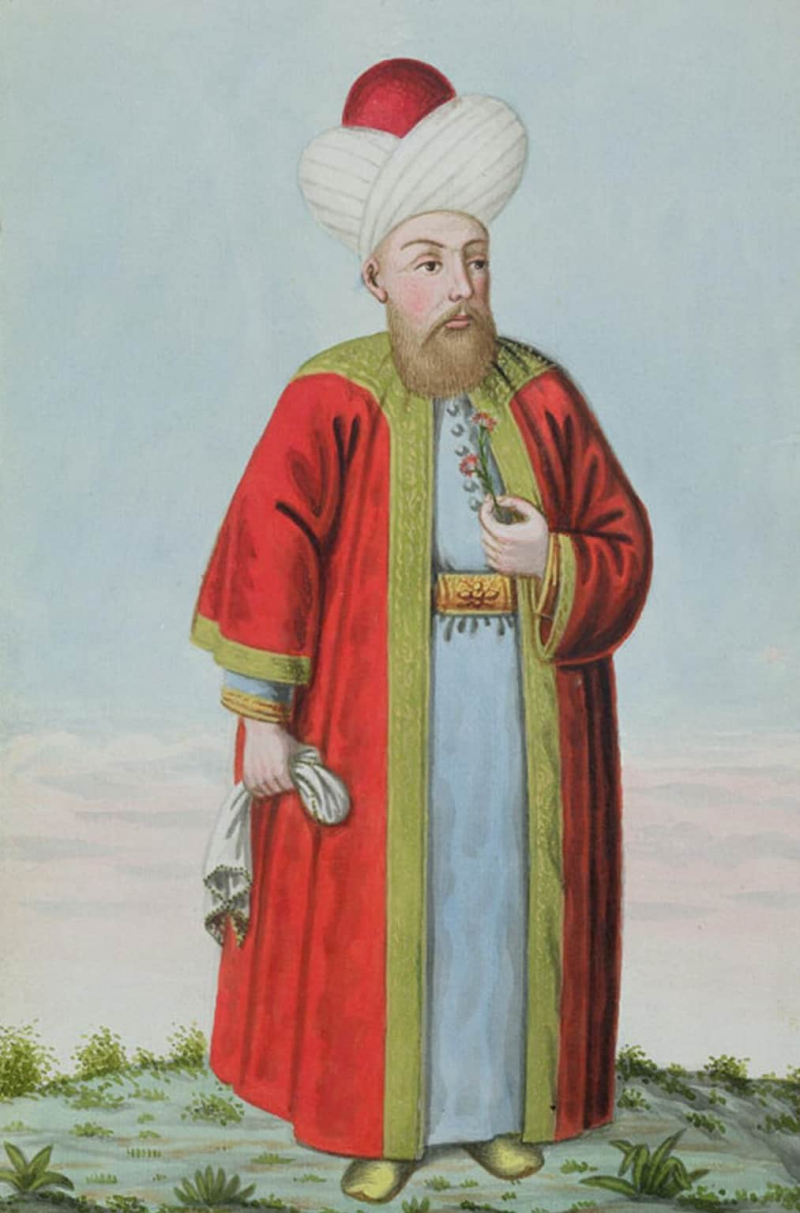
Photo: https://historycollection.com/ 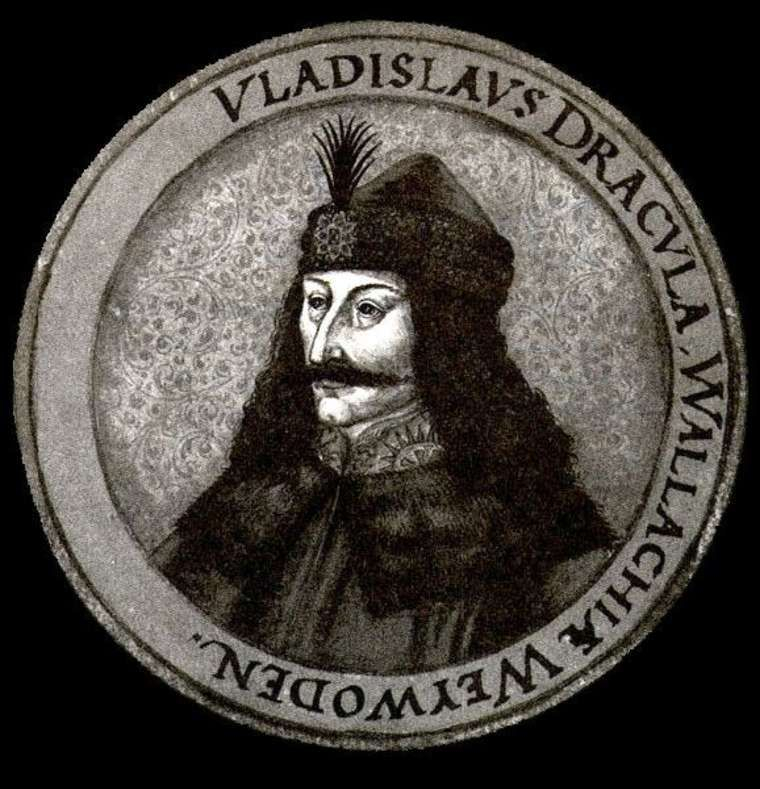
Photo: https://br.pinterest.com/ -
Known as one of the most interesting facts about Vlad the Impaler, he was a prisoner of the Turks. According to the biography of Vlad Dracul, he switched allegiance and paid homage to Sultan Murad II because he had lost faith in his Hungarian allies (1404-51). When Murad II's troops invaded Transylvania, Dracul went along with them. They massacred the inhabitants, stole valuables, and generally set things on fire. However, Dracul was caught between a rock and a hard place and tried to seem impartial as John Hunyadi started to get the upper hand in the fight against the Ottomans. Murad got skeptical of his former criminal associate and sought to gauge the depth of his allegiance.
When the voivode arrived at the city gates, Tepes and Radu the Handsome, his two youngest sons, were tied up and taken away as hostages. Murad had invited Dracul to remain with him at Gallipolli. Tepes, who was roughly 14 years old, and Radu, who was 7 years old and "little taller than a bouquet," were to stand in for Dracul and guarantee their father's loyalty. Dracul was freed after a year, while Tepes remained an Ottoman prisoner for the following six years in a foreign land where he did not speak a word of their language.
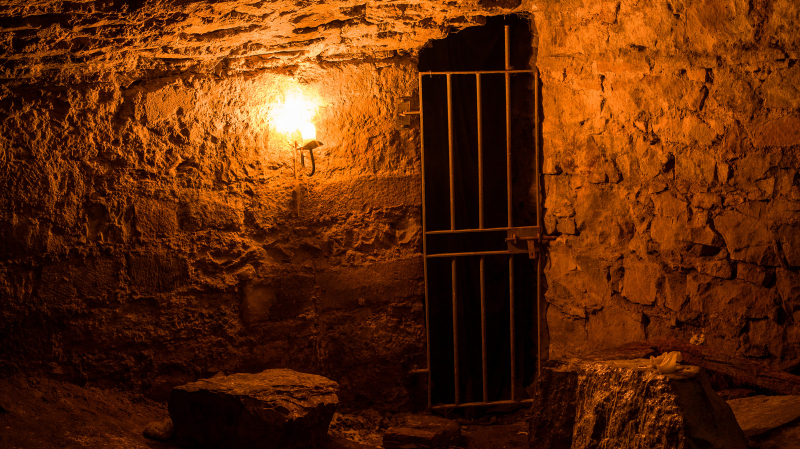
Photo: https://www.grunge.com/ 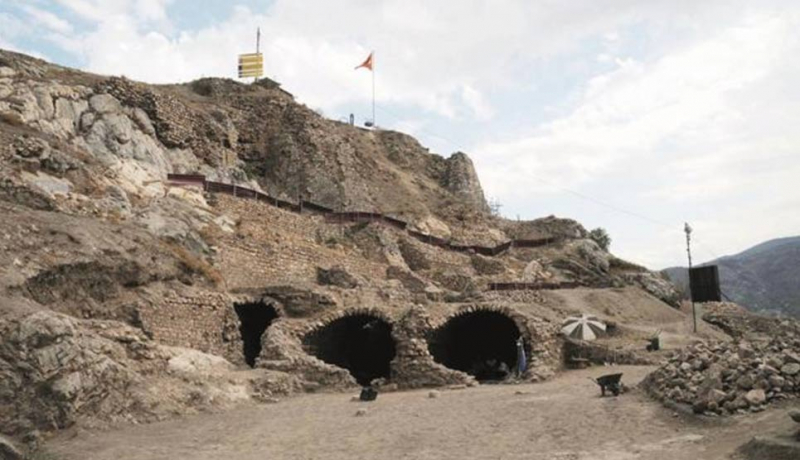
Photo: https://www.ancient-origins.net/ -
He had a battle going on with the Ottomans by 1462 and had ascended to the Wallachian throne. Vlad gave his men orders to poison wells and set crops on fire because the enemy forces were three times as large as his own. Additionally, he hired sick people to infiltrate and infect the opposition.
His victims were frequently decapitated, skinned, and/or cooked alive. However, impalement eventually became his preferred method of execution, in large part because it was a type of pain. Impaling entailed inserting a stick into the victim's genitalia and their mouth, shoulders, or neck. The victim would frequently not pass away for several hours or even days.
He tortured both domestic and foreign adversaries, and his reputation grew as a result. According to one story, he reportedly ate while surrounded by a "forest" of spikes covered in writhing bodies. Vlad Tepes (also known as "Vlad the Impaler") was known for his fondness for impaling his foes and then leaving them to die.
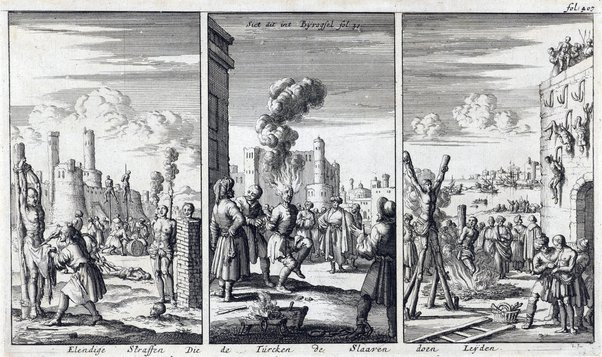
Photo: https://www.quora.com/ 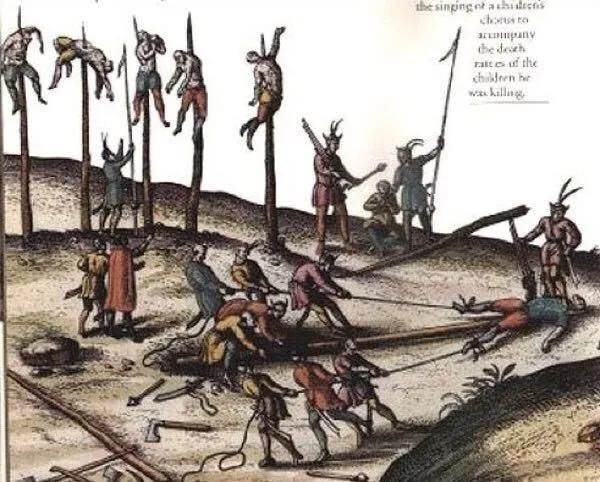
Photo: https://random-times.com/ -
Tepes' animosity for the Saxons was brought on by a split between the Hunyadi family and the Hapsburg ruler of Hungary. The Saxons backed the king of Hungary, whereas Tepes supported the Hunyadi who had assisted him in seizing the throne. Tepes was driven by loyalty rather than irrational hatred, notwithstanding the Saxon propaganda against him.
When Tepes launched a war on the Saxons, he quickly set fire to several villages and the homes of Vlad the Monk's allies. Tepes destroyed the village of Bod while advancing against Dan III's followers at Brasov and captured some people he had impaled at Targoviste. According to modern German accounts, Tepes destroyed Talmes and had the inhabitants "hacked to pieces like cabbage." He impaled any Saxon traders who broke his trade rules back in Wallachia and had some of them cooked in a big cauldron. Additionally, he impaled 41 Saxon students who he believed were spying.
An envoy from the Saxons who had been dispatched to talk to Tepes was entertained at a table with impaled bodies. Tepes torched farmland near Brasov and had people impaled and chopped to bits while Dan III was eating dinner to drive off his supporters. He is believed to have been observed dipping bread into the blood of the victims, which he claimed gave him courage. This narrative may have caught Bram Stoker's eye. In 1460, Tepes finally managed to arrest Dan, who was then beheaded after being made to dig his own grave as a priest recited the funeral rites.
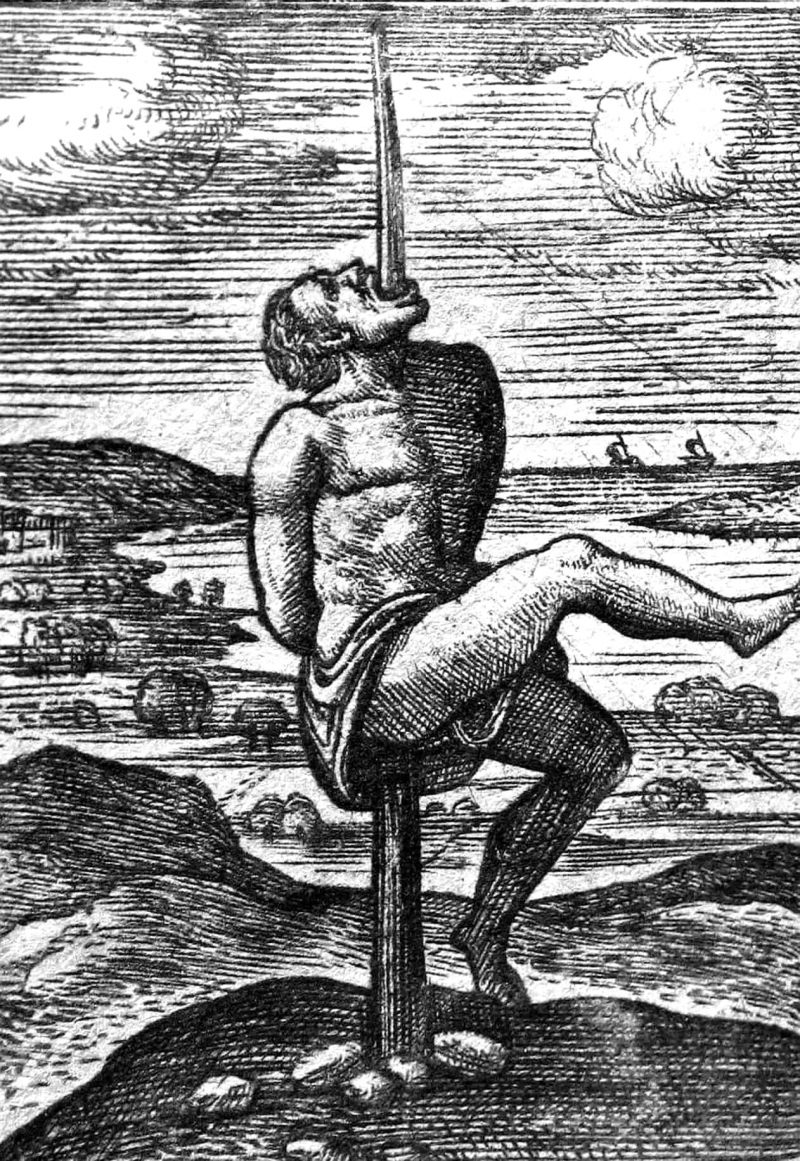
Photo: https://historycollection.com/ 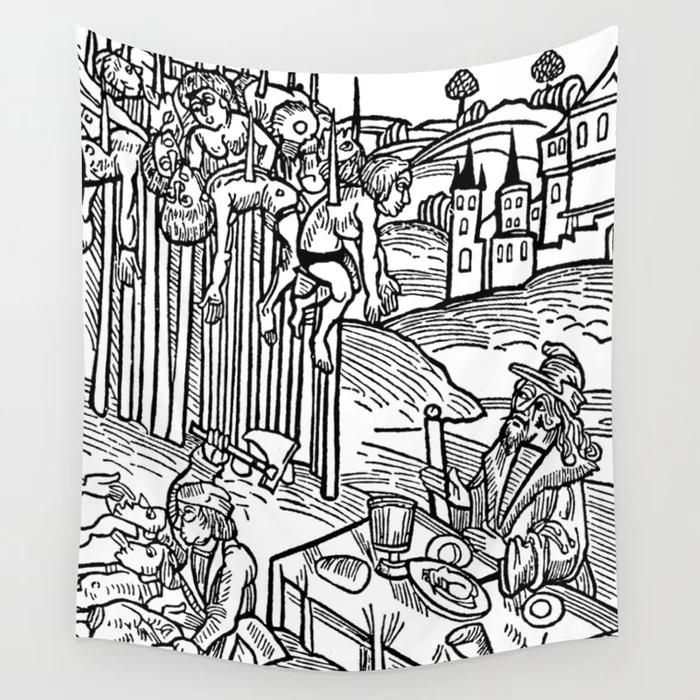
Photo: https://society6.com/ -
In addition to defeating the Saxons, Tepes faced threats from the Ottoman Empire, his former captives, and friends.
Mehmed retaliated by attempting to ambush Tepes as he traveled to Giurgiu, an Ottoman stronghold. Tepes discovered the scheme and apprehended the conspirators, who he later impaled at Targoviste. Then, after masquerading as an Ottoman and ordering the gates to be opened in fluent Turkish, his soldiers assaulted the building and massacred the garrison, capturing Giurgiu. Tepes began an audacious and successful campaign of guerilla warfare in the winter of 1461–62. He divided his army into small groups and attacked the Ottoman strongholds with a combination of absolute bravery, speed, and brutal ruthlessness.
Finally, Mehmed launched an invasion of Wallachia with 60,000 troops and an arsenal of cutting-edge weapons. Tepes changed his strategy to one of scorched earth, strategic retreat, and increased guerilla attacks because his army only had 24, 000 soldiers. In 1462, Tepes led the infamous Night Attack at Targoviste while the Ottomans were camped outside of the city, killing some 5,000 adversaries. The infamous "forest of the impaled," a mile-long semicircle of 20, 000 impaled Ottoman prisoners rotting in the sun, met the Ottomans as they prepared to start their attack on Targoviste. Mehmed gave the command to withdraw his troops the following day.
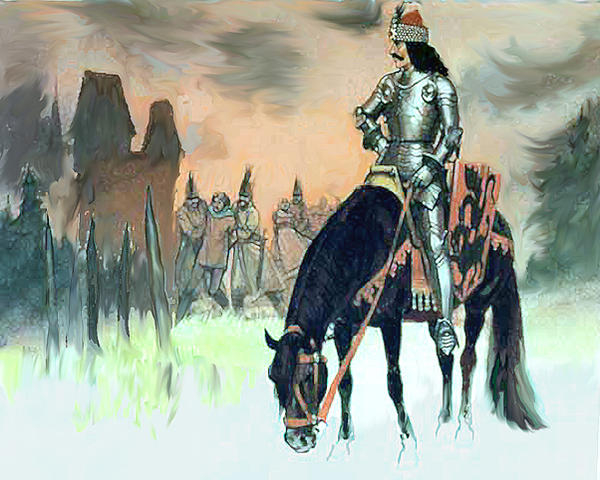
Photo: https://warfarehistorian.blogspot.com/ 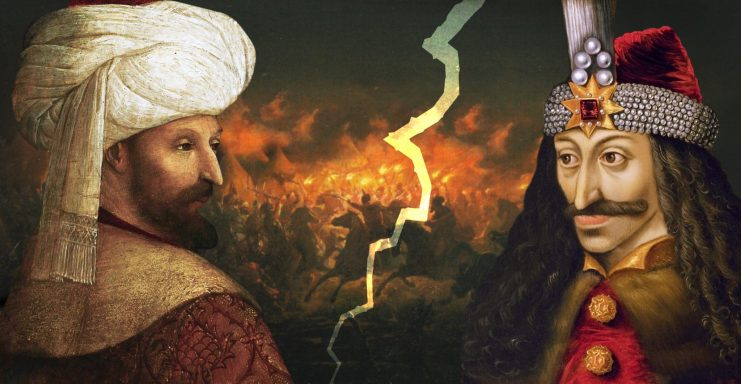
Photo: https://www.warhistoryonline.com/ -
In the Dracula book, Castle Bran Castle has been cited as Stoker's inspiration for the Transylvanian Carpathians, where Dracula sits positioned high on a rock. Despite being positioned to guard one of his primary targets, Brasov, the castle has never been visited by the real Dracula, Vlad Tepes, who was undoubtedly aware of it. Despite this, the current owners of Bran Castle continue to promote it as "Dracula's Castle." In reality, Dracula visited several castles, occasionally ruling over them as the master, other times as a guest, and yet other times as a prisoner.
Targoviste Fortress is the only structure that legitimately qualifies as "Dracula's Castle." Tepes resided in this area before becoming an Ottoman hostage and then once more after becoming the voivode of Wallachia. After assuming the hotly contested Wallachian throne in 1436, Vlad Dracul reconstructed the originally wooden bastion in stone, transforming it into a home fit for a great voivode. Tepes built the Chindia Tower, which is still 27 meters tall and serves as a castle reinforcement and viewpoint over the surrounding area. When not in prison or engaged in battle, Tepes spent much of his time at Targoviste.
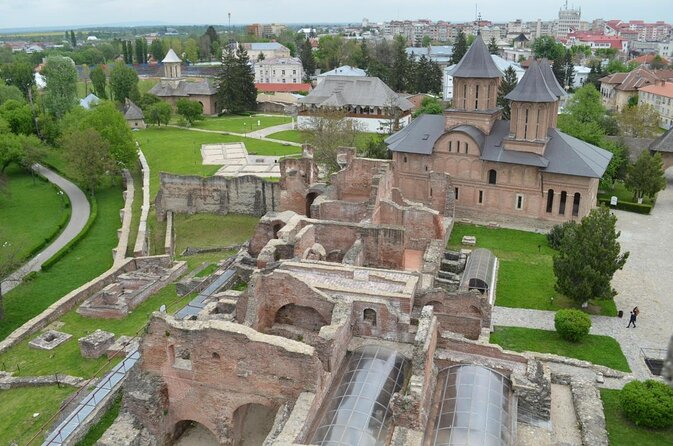
Photo: https://www.viator.com/ 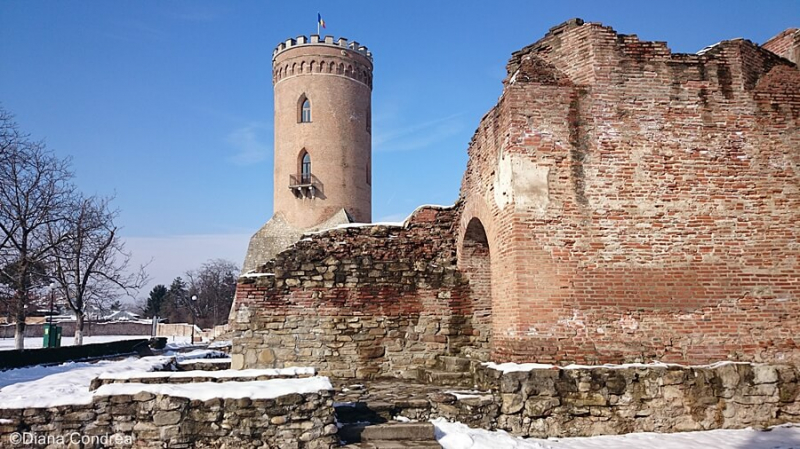
Photo: https://www.uncover-romania.com/ -
Tepes made two separate trips to Hunedoara Castle, also called Corvin Castle. He was given his home at Sibiu and promoted to commander in John Hunyadi's army during his first visit. On his second visit, Matthias Corvinus imprisoned him to prevent further conflict with the Ottomans, who by this time had returned to capture Wallachia with the help of Tepes's hated brother, Radu the Handsome, a Muslim convert who had persuaded a sizable portion of the Wallachian army and mercenaries to switch sides. Matthias Corvinus wanted to avoid further conflict with the Ottomans. To prove Tepes and Mehmed were working together, several fabricated letters were manufactured.
Of all of Dracula's castles, Hunedoara Castle is by far the most spectacular and well-preserved, which is one of the most interesting facts about Vlad the Impaler. Hunedoara, a Gothic and Renaissance-style city, is reached by a large stone bridge that spans a steep gap. It is perched high on a rocky precipice and is ringed by a deep moat. The 30-meter-deep well has a fascinating backstory: it was excavated over 15 years by 12 Turkish inmates who had been promised freedom if they could get to the water below the rock. Graffiti on the well's wall lists some of the names of the unfortunate captives, proving that their captors broke their word.
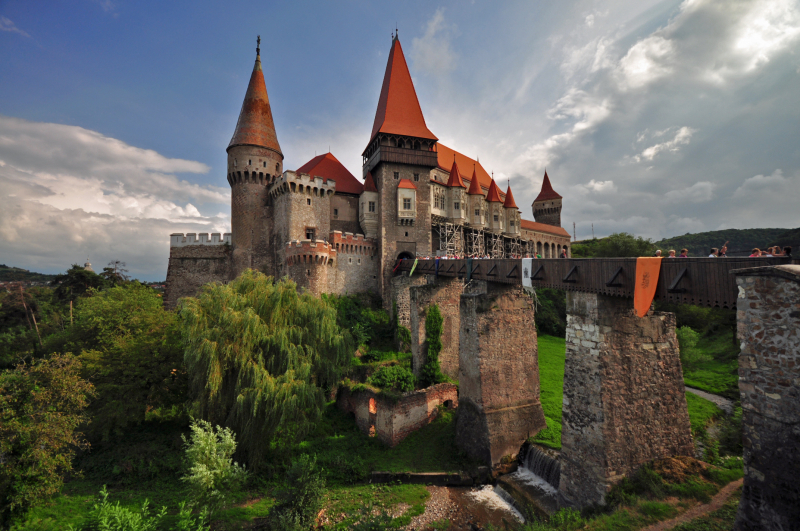
Photo: https://en.wikipedia.org/ 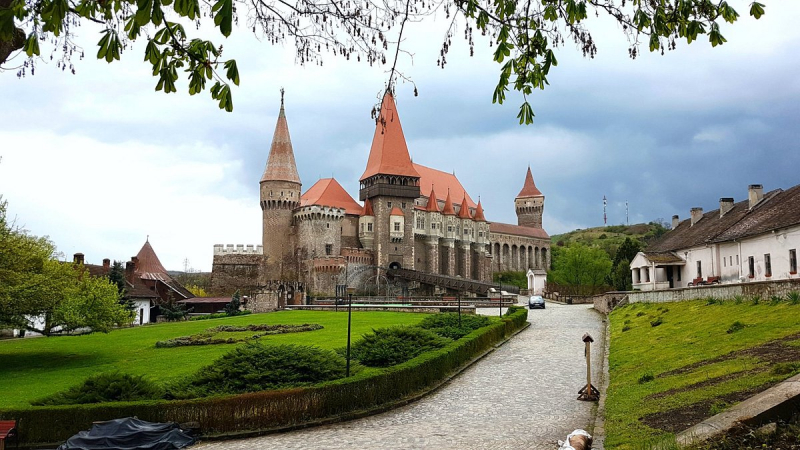
Photo: https://www.tripadvisor.com.vn/ -
Vlad was compelled into exile and imprisoned in Hungary, several years after the horrific impalement of Ottoman prisoners of war. He came again in 1476 to retake control of Wallachia, but his victory was fleeting. He cut off the Turkish prisoners' limbs, put their pieces on stakes, and showed their privates so that the Turks would flee in terror when they saw them. As the terror tactics were successful, Tepes was once more drawing on his understanding of the Ottoman character that he had acquired during his adolescent years at the court of Murad II. This understanding had not altered much throughout Tepes' 12-year incarceration. Tepes was once more hailed as a hero of the Christian uprising against Ottoman rule.
Tepes became vulnerable to attack when his massive army fled Wallachia and was powerless to defend himself. Wallachia was eventually conquered, and Tepes was slain there in January 1477.
His death's exact circumstances remain unknown. When Basarab Laiota's soldiers attacked the voivode's little army outside Snagov Monastery, a Turkish soldier posing as a servant broke into Tepes' court and stabbed him in the back, according to the Austrian writer Jacob Unrest. According to a Russian story, Tepes was posing as a Turk when his troops mistook him for an enemy. All we know is that he perished in battle, facing an army twice his size and that his narrow-minded supporters gravely let him down by leaving him defenseless. His remains were never discovered.
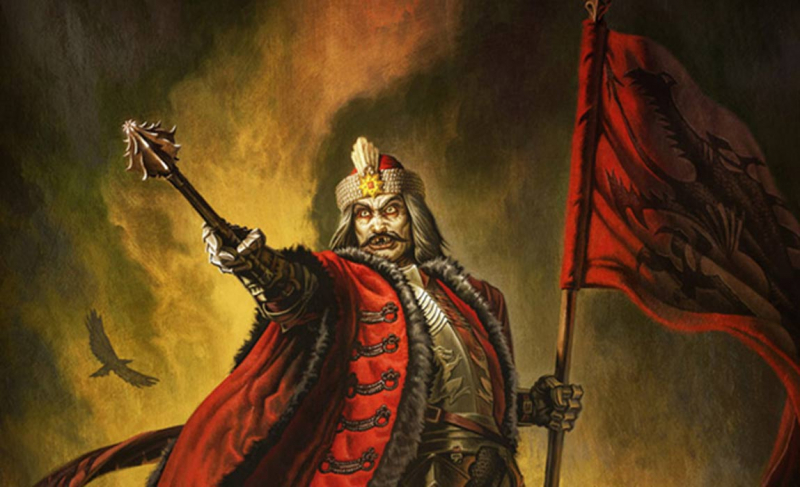
Photo: https://www.ancient-origins.net/ 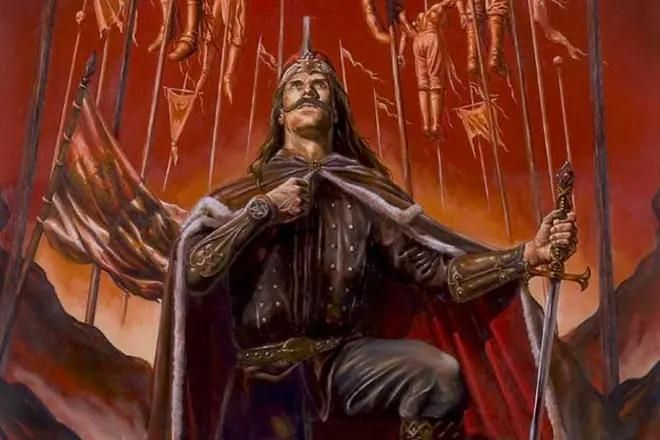
Photo: https://ik-ptz.ru/ -
Romania experienced a national awakening in the 19th century, similar to many other nations in Europe, as the Ottoman Empire continued to pose a threat to the then-divided nation and the Austro-Hungarian Empire, which dominated it, provided little rights to the Romanian people. A sense of Romanian national identity evolved, defined against Hungary, Slavic countries, and of course the dreaded Ottoman Empire, as a result of being hemmed in by adversaries on both sides and feeling angry at the Saxons who were seen as foreign despite having been there for about 700 years. After several violent uprisings, Romania became a sovereign nation in 1859.
The most notable historical character to be honored was Vlad Tepes, which was necessary for forging a sense of national identity. He was reinterpreted as a hero who heroically fought against Romania's enduring adversaries, the Saxons, the Ottoman Empire, and the Hungarians, thanks to his shady political alliances made during his lifetime. His relentless pursuit of justice was also lovingly viewed as essential to the establishment of power. Even the gruesome accounts of his violence circulated in modern pamphlets were viewed as proof of his patriotism and effectiveness as a leader, and he was honored in art, poetry, and folklore.
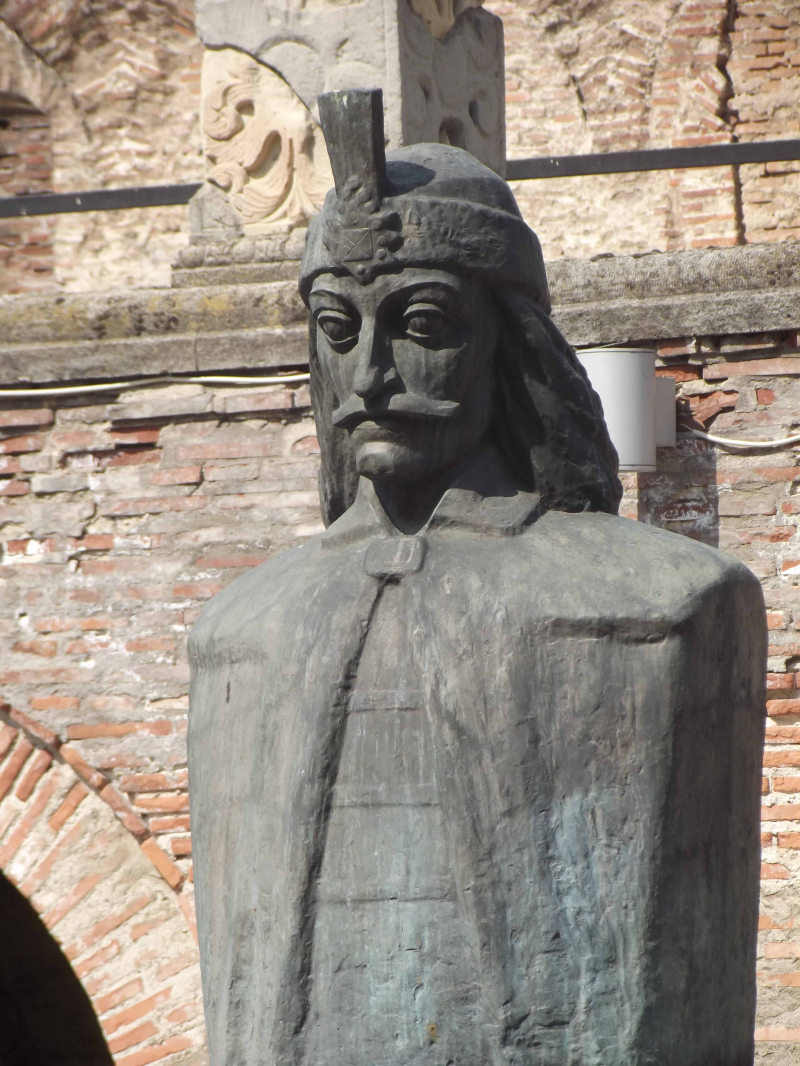
Photo: https://historycollection.com/ 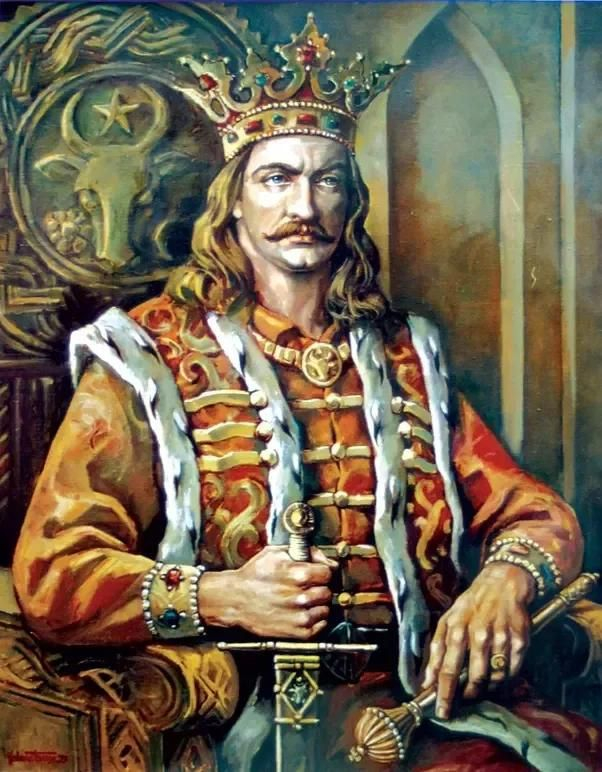
Photo: https://www.quora.com/












